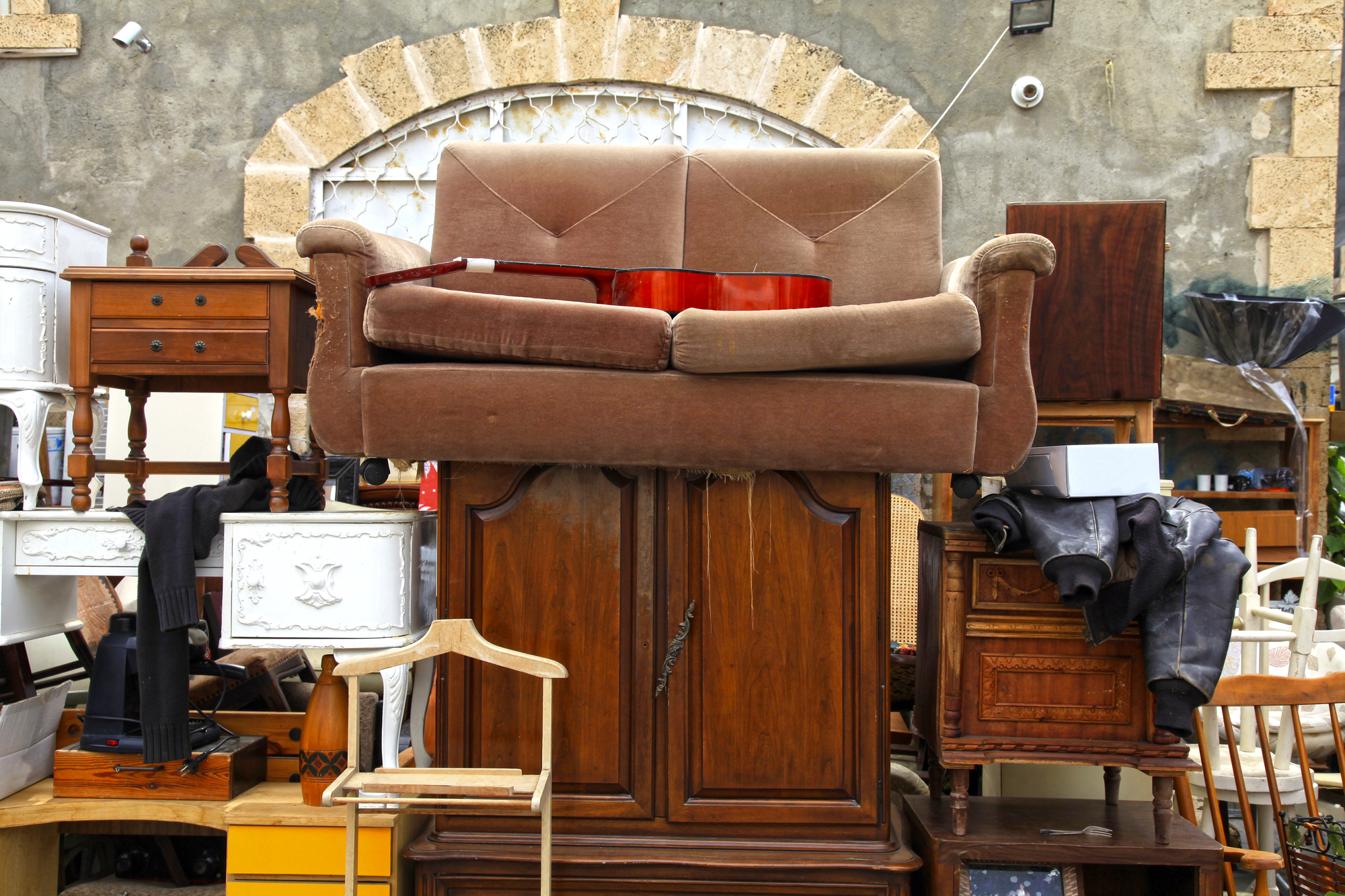Welcome | |||||||||
|
How to Prepare for Old Furniture Removal: A Step-by-Step Checklist
Removing old furniture can be a daunting task, especially when dealing with large, bulky items. Whether you are upgrading your home, downsizing, or simply decluttering, a well-organized approach makes the process much easier. Proper preparation ensures a smoother removal process while also making it easier to recycle, donate, or dispose of furniture responsibly. Assessing the Furniture You Want to Remove The first step in preparing for old furniture removal is determining which pieces need to go. Some items may be beyond repair, while others may still have value. Take time to inspect each piece to decide whether it should be disposed of, donated, or repurposed. Large furniture such as couches, dining tables, and wardrobes require careful planning to ensure they are handled correctly. If an item is in good condition, consider donating it to a local charity, second-hand store, or community organization. Some non-profits even offer pickup services, making it convenient to pass along furniture to those in need. For items that are broken or too damaged for reuse, researching proper disposal methods is necessary to ensure environmentally friendly removal.
Checking Local Disposal Regulations Different areas have different rules for furniture disposal, so it is essential to check local regulations before getting started. Some municipalities have designated pickup days for large furniture, while others require you to schedule a special collection. If you plan to take the furniture to a landfill or recycling center, verifying drop-off requirements will prevent unnecessary issues. Recycling is another option for furniture removal. Many parts of old furniture, such as wood, metal, and fabric, can be repurposed rather than discarded. Some areas have dedicated recycling centers that accept old furniture, which helps reduce waste and minimizes environmental impact. Arranging for Pickup or Transport Once you have determined where the furniture will go, the next step is to arrange transportation. If donating, coordinate with the organization for pickup or delivery. Some charities and second-hand stores offer free pickup services, saving you time and effort. For furniture that needs to be discarded, renting a truck or hiring a junk removal service may be necessary. Professional removal services can handle heavy lifting, ensuring safe disposal without damaging your home. If using a curbside pickup service, ensure the furniture is placed outside according to local guidelines to avoid fines or delays.
Preparing the Furniture for Removal Before removing furniture from your home, taking the necessary precautions ensures a hassle-free process. Disassemble large pieces whenever possible to make transportation easier. Removing legs from tables, detaching headboards, and breaking down bed frames can prevent damage to doorways and walls during removal. Cleaning the furniture before disposal or donation is also recommended. Wiping down surfaces and removing dust or stains makes the item more presentable if it is being donated. For furniture that will be disposed of, proper cleaning ensures that no hazardous materials remain. If you need to move furniture through narrow hallways or staircases, measuring the dimensions in advance prevents difficulties. Ensuring that all exits are clear of obstacles minimizes the risk of injury or property damage. Having a friend or family member assist with heavy lifting can also help prevent strain or accidents. Disposing of Unusable Furniture If a furniture item is no longer usable, responsible disposal is key. Many cities have dedicated waste collection services for bulk items, allowing for proper disposal without violating local guidelines. Some private waste removal companies also offer eco-friendly disposal solutions, breaking down furniture materials for recycling or repurposing. For wooden furniture, checking if it can be repurposed before disposal is worth considering. Sanding and refinishing an old table, for example, can give it a new life. However, if recycling is not an option, ensuring proper disposal prevents furniture from contributing to landfill overflow.
Exploring Alternative Removal Methods Apart from traditional disposal, there are other ways to handle old furniture removal. Selling unwanted furniture through online marketplaces is an option for those looking to make extra money. Many buyers are willing to purchase second-hand furniture, even if it requires minor repairs. Another option is repurposing furniture for DIY projects. An old dresser can be transformed into shelving, while wooden chairs can be repainted and used in a different part of the home. Exploring creative ways to reuse old furniture reduces waste and adds character to your space. Finalizing the Removal Process Once the furniture has been removed, taking a final walkthrough ensures that nothing was overlooked. Checking for leftover debris or screws left behind from disassembled pieces keeps the area clean. If hiring a professional service, confirming that all requested items have been removed prevents any miscommunication. After removal, the newfound space can be repurposed for new furniture or alternative uses. Whether redesigning a room or creating additional storage space, the effort spent on proper removal pays off in the long run.
| ||||||||
|
 |



